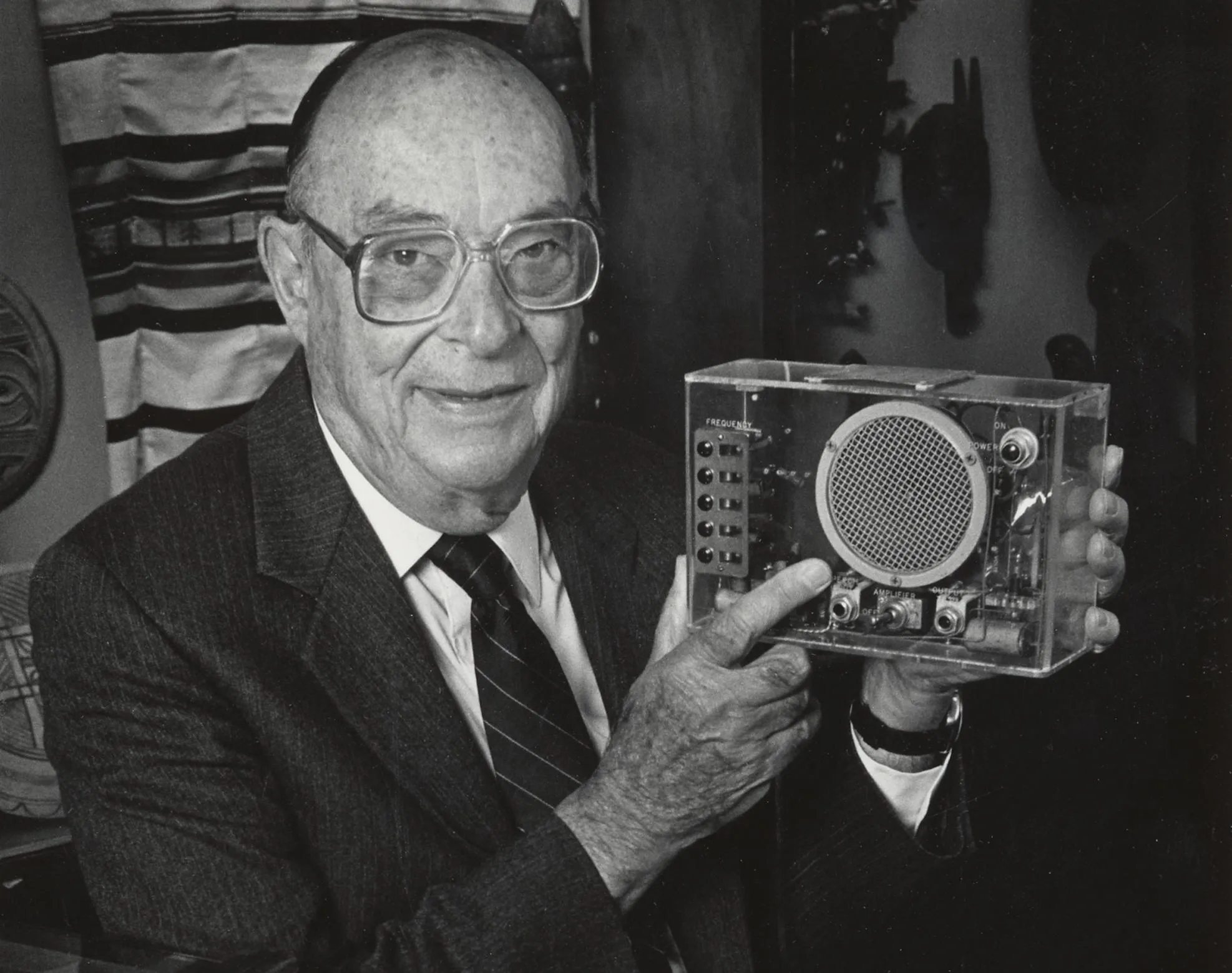John Bardeen was an American electrical engineer and physicist best known for his theory of superconductivity and the discovery of transistors.

Early life
John Bardeen was born on May 23, 1908 in Madison, Wisconsin, to Dr. Charles R. Bardeen who was a anatomy professor, and his wife Althea Harmer who was an artist. When he was 12 years old, Bardeen’s family was struck by tragedy when Althea suddenly died.
Education
John Bardeen graduated from Madison Central High School at the age of fifteen. Although he could have graduated earlier, his graduation was postponed due to the loss of his mother and several courses he was attending at the time at another high school. In 1923, John Bardeen entered the University of Winsconsin-Madison where he chose to study engineering and was was initiated as a member of Tau Beta Pi engineering honor society. There he received his B.S. in electrical engineering and graduated in 1928. Since he took one year longer to graduate, Bardeen was able to complete his Master’s thesis for which he received his M.S. in 1929. After several years spent working in his field, John Bardeen was accepted to the graduate program in mathematics at Princeton University where he received his Ph.D in mathematical physics in 1936.
Achievements
While working at Bell Labs, John Bardeen succeeded in creating a point-contact transistor along with Walter Brattain in 1947. For these efforts, Bardeen and Walter received a Nobel Prize in Physics along with William Shockley who later aggressively claimed most of credit for their invention, thus alienating both Bardeen and Walter who refused to work with him later on. Aside from his work regarding the transistor, John Bardeen is also known for BCS theory which is the microscopic theory of superconductivity. In other words, this theory explains superconductivity in terms of a microscopic effect caused by condensation of Cooper pairs into boson-like state. For this achievement Bardeen shared a Nobel Prize in Physics with Leon N Cooper and John Robert Schrieffer. By receiving two Nobel Prizes, John Bardeen became one of only four other people who managed to achieve this feat.
Later life
After leaving Bell, John Bardeen turned to teaching and was accepted at University of Illinois at Urbana-Champaign where he taught electrical engineering until 1975.
His first Ph.D. student was Nick Holonyak, who invented the LED. John Bardeen remained active in academic research studies until his death in 1991 when he died of heart disease at Brigham and Women’s hospital in Boston, Massachusetts. John Bardeen was buried in Forest Hill Cemetery, Madison, Wisconsin.
John Bardeen quotes
“Further, science is a collaborative effort.”
“Science is a field which grows continuously with ever expanding frontiers.”
“The Nobel awards should be regarded as giving recognition to this general scientific progress as well as to the individuals.”

